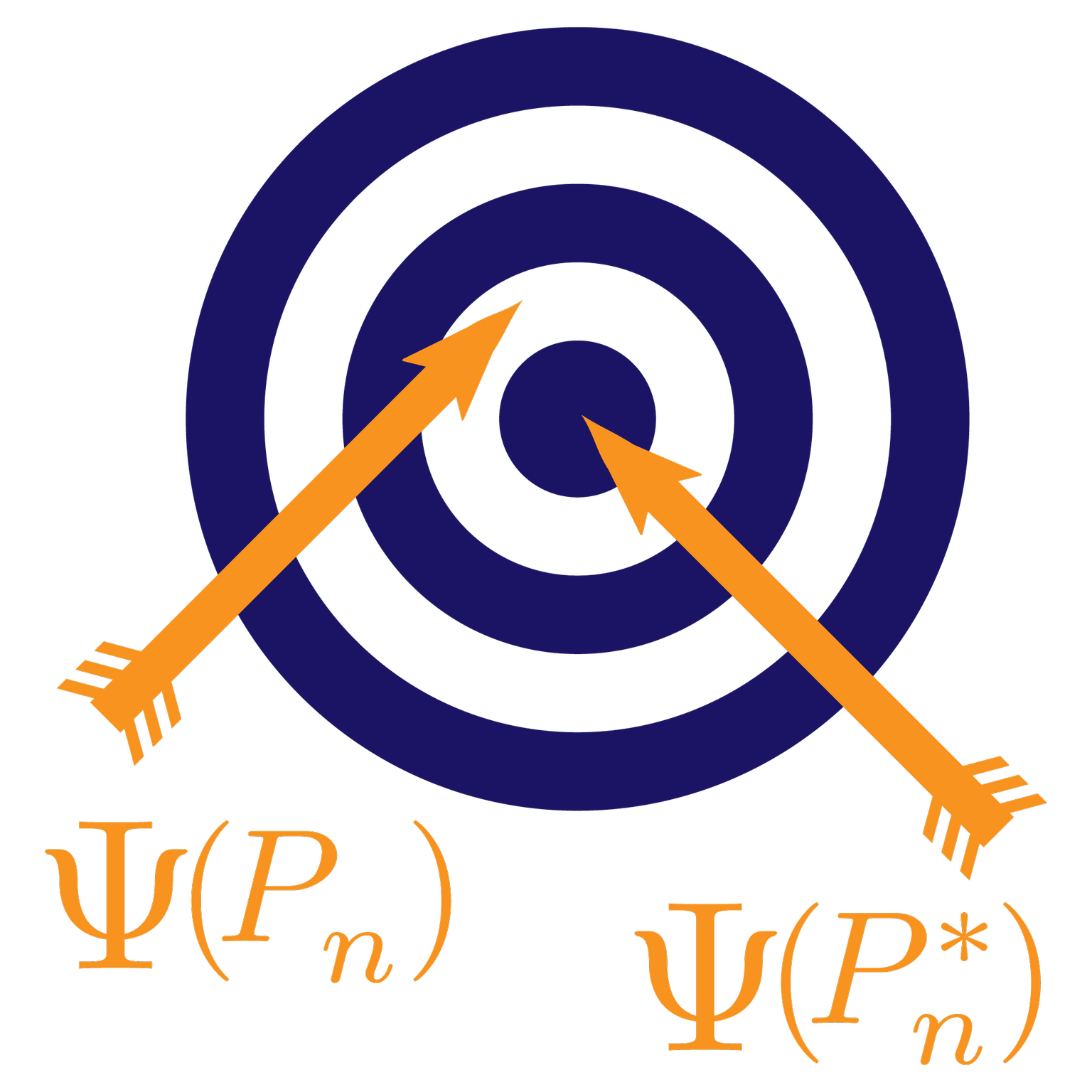This post is part of our Q&A series.
A question from graduate students in our Fall 2020 offering of “Biostatistical Methods: Survival Analysis and Causality” at UC Berkeley:
Question:
Hi Mark,
We have an observational study with fixed baseline intervention, $A$ for statin use vs. no statin use, along with baseline covariates,
$L$such as age, gender, marital status, hypertension, diabetes, hypercholesterolemia, coronary artery disease. Our goal is to predict conversion to the more impaired stage of Alzheimer’s disease. Because our data come from a longitudinal study, we also have$L$measured at each of the follow-up times. Some of the$L$, including hypertension, diabetes, coronary artery disease, etc., are time-dependent; however, the treatment $A$ is only measured at baseline and therefore we cannot use L-TMLE. That said, we would like to know whether we can/should incorporate these time-dependent covariate structure in some capacity to our analysis? Or do we just ignore them and only consider the covariates at baseline?Best,
C.L. and L.S.
Answer:
Hi C.L. and L.S.,
Your data structure is of the form $L(0), A, L(t), N(t)$, across time points
$t = 1, \ldots , \tau$, where $L(t)$ are additional time-dependent
covariates and $N(t)$ might be an outcome/counting process such as the
indicator of developing Alzheimer’s disease by time $t$. If your interest is
in estimating a causal effect of $A$ on $N(\tau)$, say, then your question
is concerned with the use/relevance of the time-dependent covariates.
Firstly, if the available data on the study units are subject to
right-censoring, i.e., there is an $A(t)$ indicator of being right-censored,
then the L-TMLE would use the time-dependent covariates to predict censoring
probabilities and thereby allow for dropout informed by the observed past of the
subject. In that case, knowledge of $L(t)$ allows identification and, even
when censoring is independent, it would improve efficiency relative to an
estimator ignoring $L(t)$.
Suppose now that there is no censoring or missingness at all. In that case, one
can prove that the efficient influence curve for the average treatment effect
(ATE), say, of $A$ on $N(\tau)$ is the same as the efficient influence curve
for the reduced data structure $L(0), A, N(\tau)$. That proves that $L(t)$
cannot be used and are thereby irrelevant and should be ignored. However, it is
rare to not have right-censoring or missing visits over time, in which case they
play a fundamental role as mentioned above.
Best Wishes,
Mark
P.S., remember to write in to our blog at vanderlaan (DOT) blog [AT]
berkeley (DOT) edu. Interesting questions will be answered on our blog!
